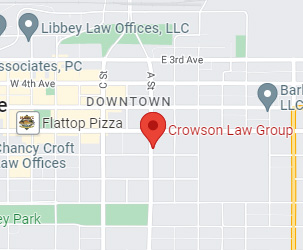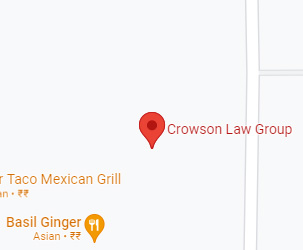Personal Injury Insurance Claims and Policy Limits

With insurance requirements in place as part of state laws, insurance companies assume responsibility for a wide variety of injury cases. Therefore, when an insurance company is responsible for handling a claim filed against its insured, the insurance company usually pays out both legal fees and the cost of damages that are awarded by a jury or agreed upon in a settlement. Generally, insurance companies only pay out the policy limits and not beyond. This article and a subsequent one will discuss how policies in the work and how to collect compensation beyond those limits.
When individuals by liability insurance there is always a policy limit that is in place. The limit basically refers to the maximum amount of money that the insurance company is responsible for. So, if you buy a motorcycle insurance policy that has a $50,000 limit, the insurance company is going to pay out only $50,000. If there is $100,000 in damages the insurance company is not going to pay the excess of $50,000, that money will have to come from somewhere else.
Because of the limit that is in place with respect to an individual’s liability insurance, it is important for the plaintiff to find ways to collect damages in excess of insurance policy limits. The plaintiff may use the following methods to collect on damages over and above an insurance policy limits:
- Bringing a lawsuit against additional defendants
- Recovering under an umbrella insurance policy
- Trying to collect from the defendant personally
The best method for recovering damages basically depends on the situation and the options that are available to the plaintiff.
Suing an additional defendant – at times more than one party can be held legally and financially liable for an accident. In such cases the different defendants may be said to be ‘jointly and severally’ liable for the whole amount of damages. This basically means that if there were two defendants and each had a policy of $50,000 both of those defendant’s policies could be used to pay the bills. However, it is not all cases where there are multiple defendants or multiple responsible parties. Some examples of situations where there might be multiple defendants include:
- Medical malpractice cases – multiple defendants can exist if the hospital and the doctor breached their professional duty of care.
- Product liability cases – whereby the manufacturer of the defective product as well as the distributor and store that sold product can be held liable.
- Vicarious liability cases – these are situations in which an agent is acting on behalf of someone else, for example, an employee who gets into a car accident while at work. The employer may be vicariously liable for the acts of his agents and the employer can be held responsible.
- Premises liability cases in which a defective product was present – this is in respect of a property owner who can be held responsible for not inspecting and seeing a defect. In addition, the manufacturer of the defective product can be held responsible for making an unsafe product in the first place.
For motorcycle related accidents contact a motorcycle personal injury lawyer.


